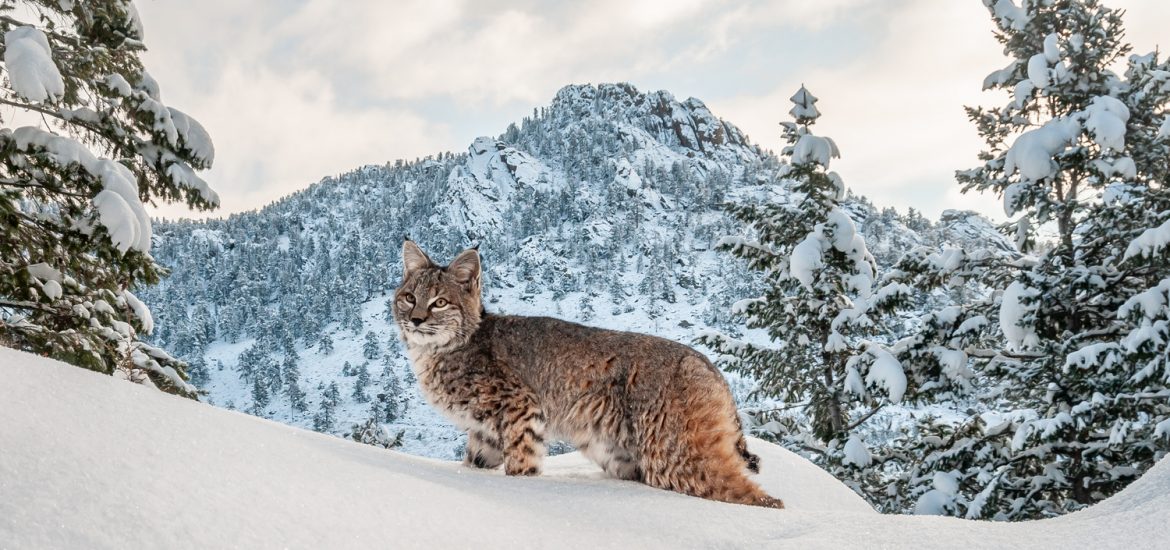Have you ever wondered about the secrets of camera trap wildlife photography? Find out how one photographer captures striking images of big cats and more in this interview with expert Robert Yone.
Inspiration in photography can comes in all shapes and sizes. Recently, while scrolling through social media, I came across an image by photographer Robert Yone that stopped me in my tracks. In the photograph, a wild bobcat casually walks through deep fresh snow directly towards the camera. Its piercing gaze looks frankly into the lens with one paw lifted, tentative, belaying cautious motion. The bobcat is surrounded by trees heavy with snow and softly fading mountains in the background. The image is tack sharp, immaculately lit, and captivating in its simple beauty. Perfect moments like this captured once are luck. Robert Yone has an entire portfolio full of wildlife captured by a camera trap. This is skill and dedication worthy of recognition.
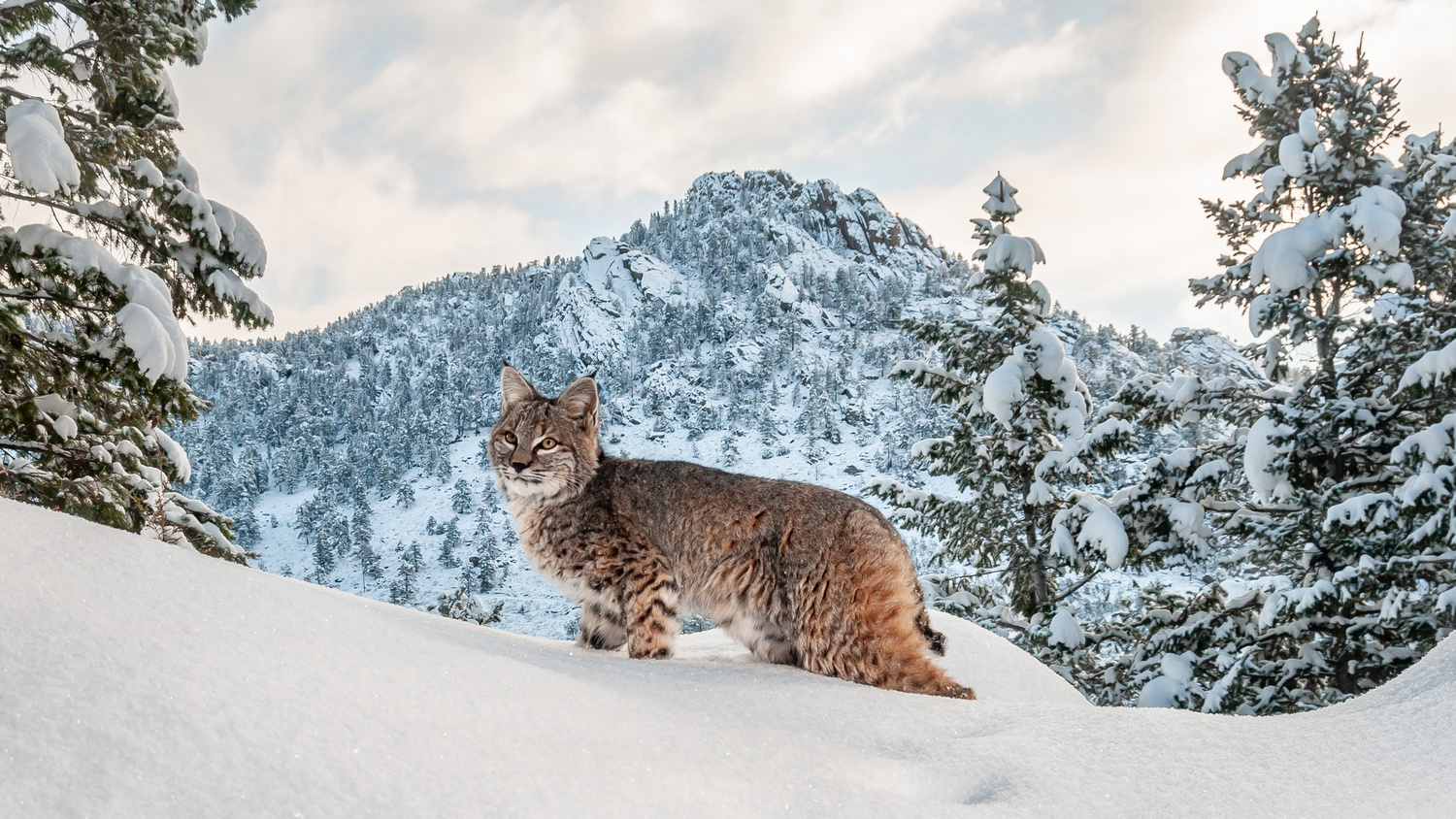
As with many photographers, Robert Yone had an organic start to the profession, he was simply documenting family vacations. As an avid hiker and kayaker, bringing along a camera was a natural way to capture those cherished memories.
I found when I take photographs, it cements the memories into my brain. I enjoy the memories that come with the knowledge of all that occurred on the other side of the camera before the photo was taken. Photography is an artistic outlet that allowed me to express how I felt about a particular place and how I see the world. It’s a challenge technically and has become a pursuit to capture the perfect image.
Yone got his start in the days of film, wielding everything from 35mm to both medium and large format cameras. While he started just capturing family nature adventures he soon fell into photographing for his college paper and then later a local newspaper. From strength to strength, his passion for photography grew. This is where the camera traps came into play.
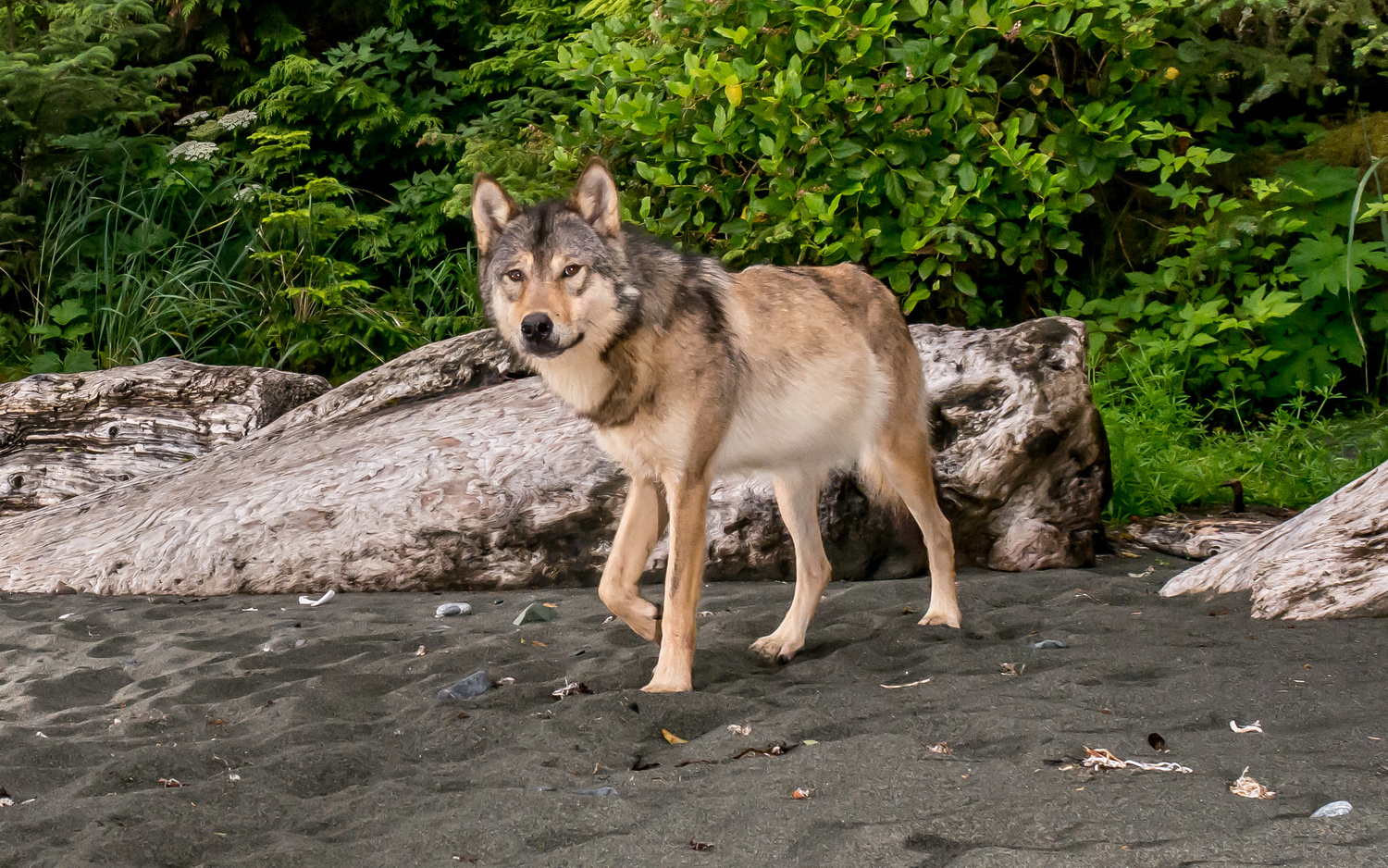
I took my first DSLR trap on a kayak trip off the West Coast of Vancouver Island, Canada. We stayed on a small island off the West Coast known to be occupied by coastal wolves. While kayaking, I knew I had a good chance of seeing wolves because we came across the IMAX camera crew of Ian McAllister. They were also looking for coastal wolves to film for the movie Great Bear Rainforest: Land of the Spirit Bear.
I only had about five days to set up my camera and flashes to capture something. I found a spot with tracks that had a trail leading from the inner island to the beach, where the wolves would look for food at low tide. I set up and hoped for the best. It was a tough learning experience. I checked every day and found mistakes in settings, flash exposure, focus point, and the wireless trigger sensitivity.
The day before I had to leave, I checked the camera. It rained the night before, and I was disappointed to find a lot of false triggers caused by the rain. As I looked through the photos, I was relieved to find my first two successful captures. One was a wolf as he passed by during the storm, the next was from the following morning shortly before I arrived. Needless to say, I was hooked after my first success.
As a fellow wildlife photographer, I can identify with the strengths and weaknesses of nature photography. Most wildlife vehemently avoids humans. Sometimes, you will spend days or even weeks hiking out in the field, bug-bitten, mud-covered, and exhausted, to capture the one photograph of your muse. A rustle and flash of movement in dense brush may be all you get. It is rewarding but can be full of heartbreak and frustration as well.
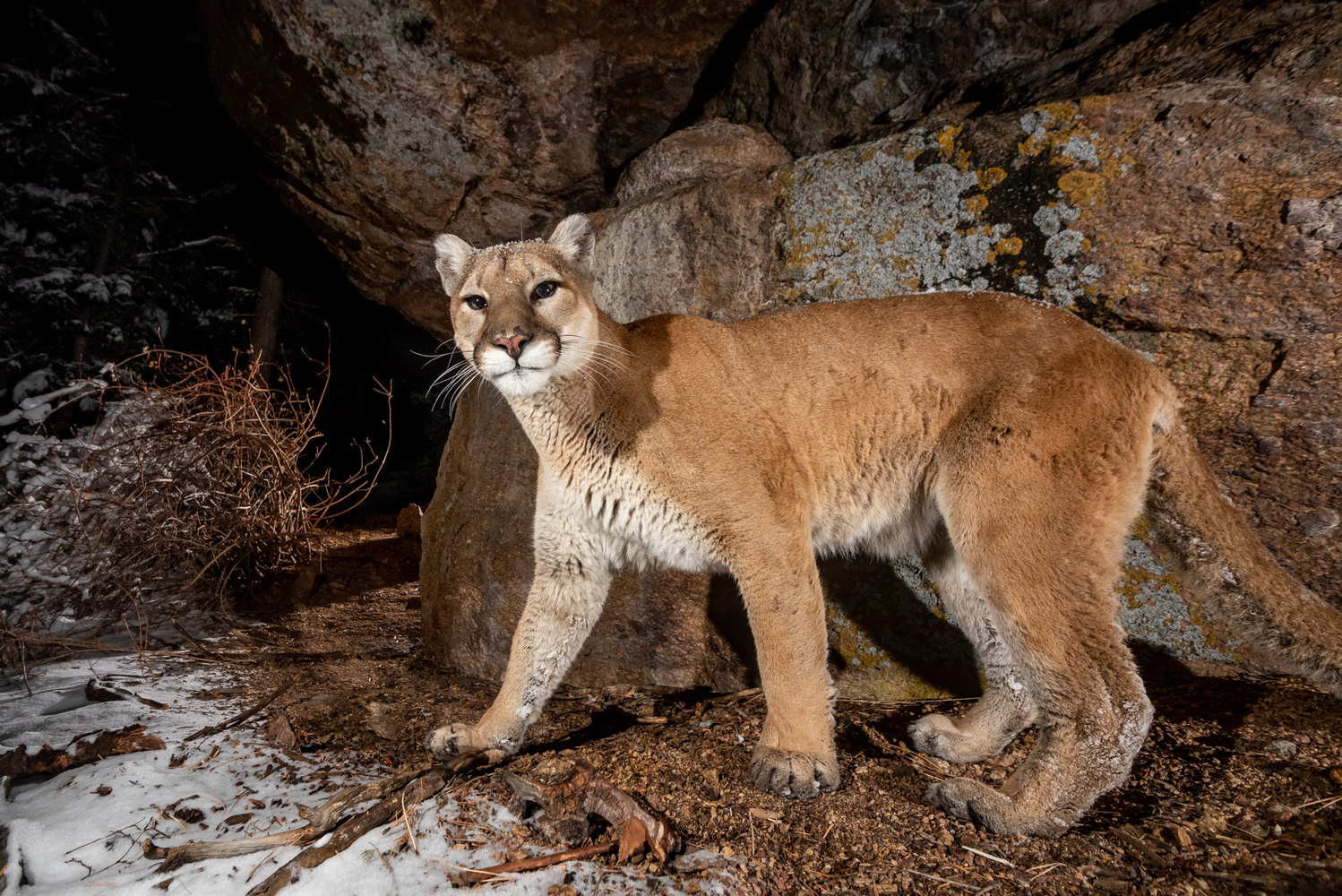
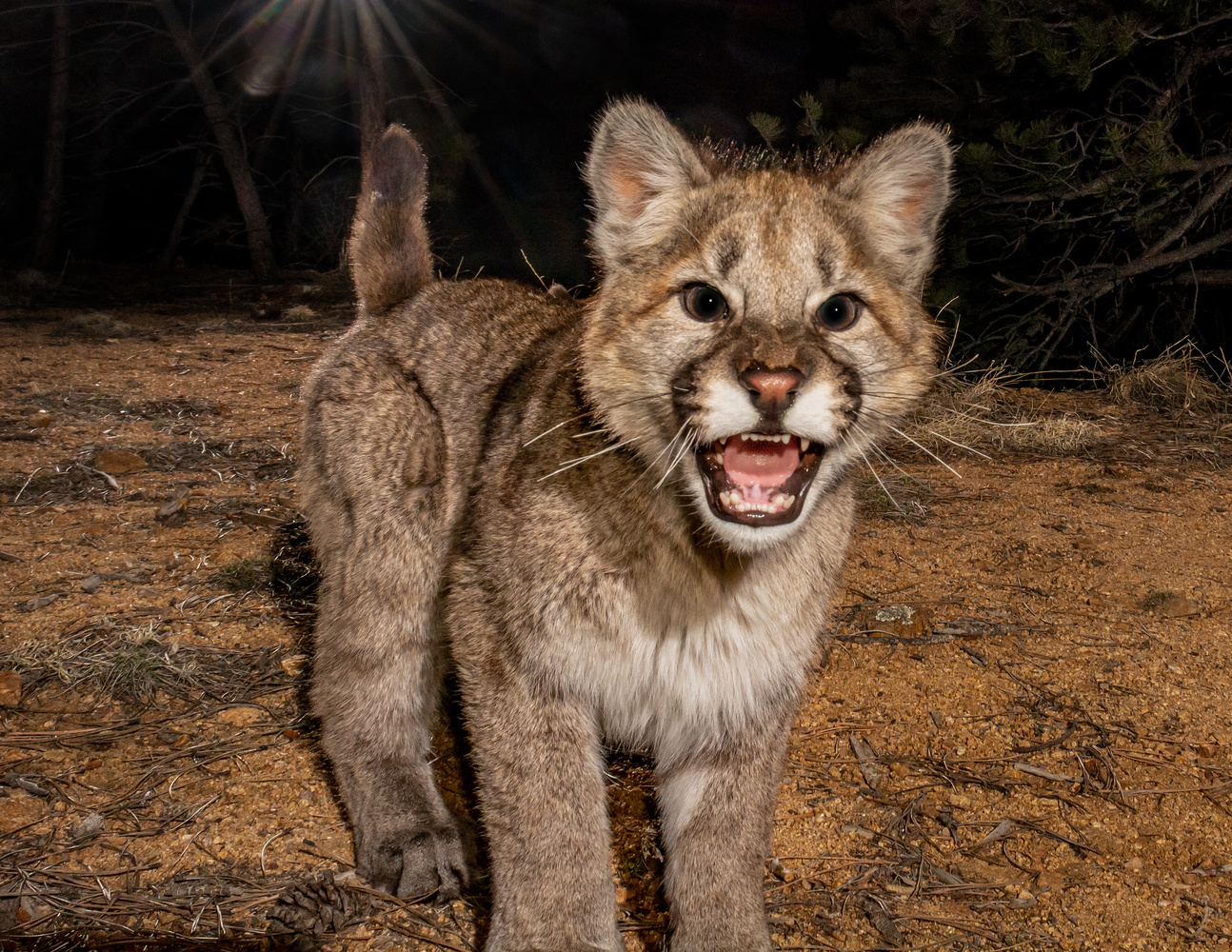
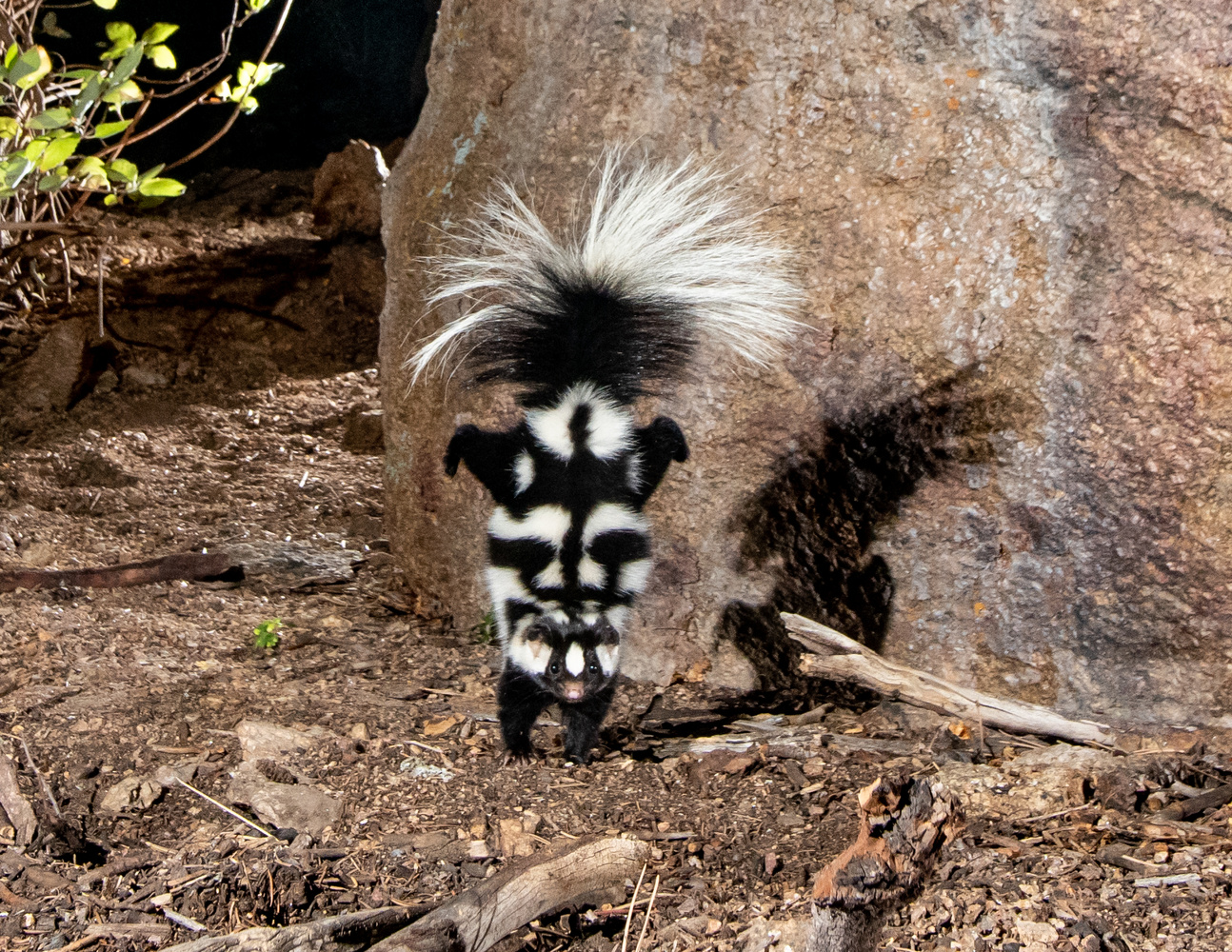
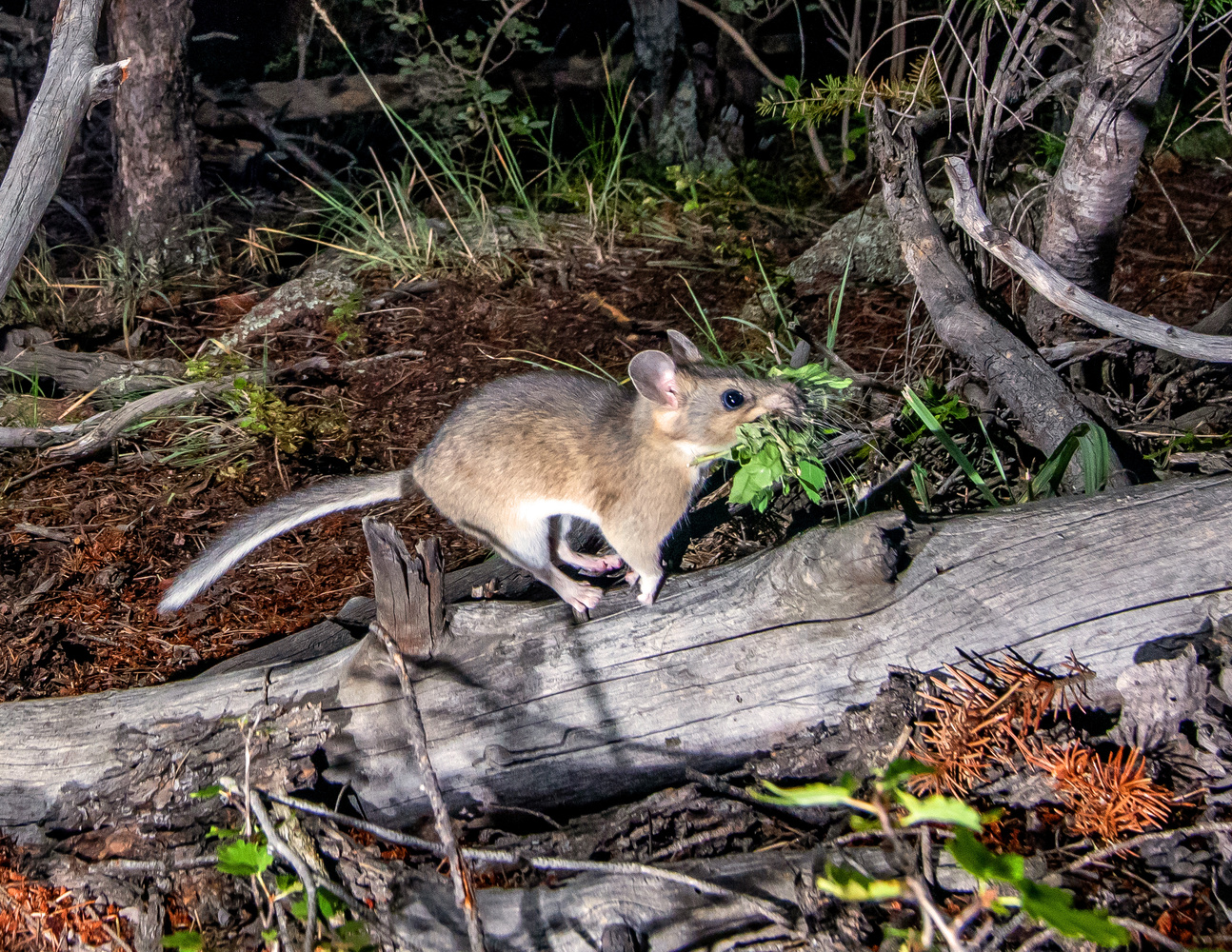
It was a new technical challenge. It required me to pre-visualize the image I wanted to capture. I also needed to learn about the animals. I learned their tracks, scat, and prey animals. Then, there is the photography aspect of focus, exposure, flash, battery life, weatherproofing, and remote triggers.
It requires both technical expertise and an understanding of wildlife to set these cameras up in just the right place. A great deal of planning goes into the selection of the trap location. Yone goes out in winter to look for wildlife tracks. This lets him discover areas where they walk through often, called game trails. These are like wildlife highways. When trying for predator species, he looks for a habitat far from humans with a water source, ample prey, and a nest or cover like a rock formation for the prey. Game trails with choke points that will funnel wildlife past his camera are the best spots. Once he finds a suitable area, Yone sets up an inexpensive commercial trail camera that can capture video to scout the location. The image quality of those devices is often poor, but this is just for scouting. It lets him confirm what wildlife uses the area, the time of day, and the directions that they travel as well as their behaviors.
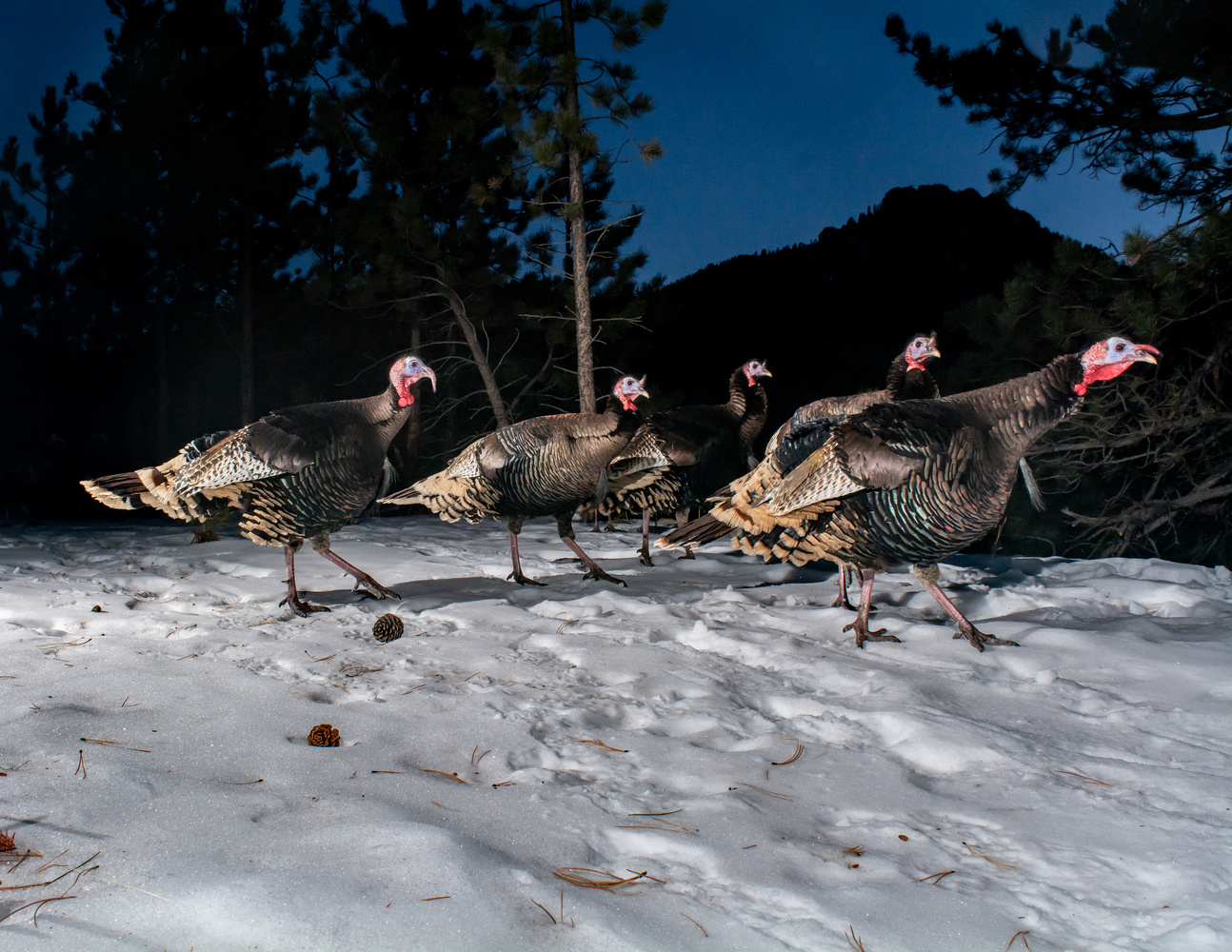
Each time you check the camera, it’s exciting. You never know if you are about to see something amazing.
The DSLR camera trap itself is a custom creation and intricate system of the camera, housing, sensors, flashes, and wires. It is best described by Yone himself:
A lot of different gear can be used. The camera bodies I currently use are a Nikon D300S, D7100, and D810, with 2-3 flashes per camera. I like the Nikon SB-28 flash because it’s small, powerful, and can hold a charge in standby mode for an instant flash for a couple of weeks. I also use a couple of Nikon SB-600 flashes that work well in wired TTL mode for more flexible and accurate flash exposures. These are all used older flashes I can usually find cheap for sale locally on Craigslist or Facebook Marketplace.
I mount my camera in a Pelican style waterproof case. It’s modified using a tube for the lens and glass in front for protection from the elements. I mount the case on old tripod, and the flash units are placed in PVC piping with clear covers. They are mounted on trees, posts, or rock formations.
The camera is triggered using either a wireless infrared active or passive sensor. I have used sensors from Cognisys, Camtraptions, and TRLCam.com. Some people make their own sensors; I’m not quite that handy. I have had luck with all the above and find each one has its use depending on the location.
Getting the right settings can be tricky. I found the key is to use manual focus only. I carefully set the focus point using DOF calculations to allow for the nearest distance to infinity. I keep my camera settings on manual and usually have the aperture set to f/10 or higher. I keep the shutter speed set to 1/200 to help freeze daylight action but keep within the flash sync speed. I set the ISO to auto and limit the high and low settings (400-1,600, depending on the camera) to provide the best chance of proper exposure during daylight and limit too much grain at night. The manual flash settings will depend on the distance of the flash to subject. I use a light meter on occasion to measure and set the light output at the subject location.
If you find yourself starting to feel the tug of trap fever, Yone has some suggestions on getting started with camera trap photography. Research is an important first step for this type of photography. His favorite resource online is Camtrapper.com, a forum with an avid community of camera trappers and information. There you can learn about what gear is best, why standby modes and battery life matter, and more. He also recommends just browsing YouTube for the many trappers that share their stories and successes.
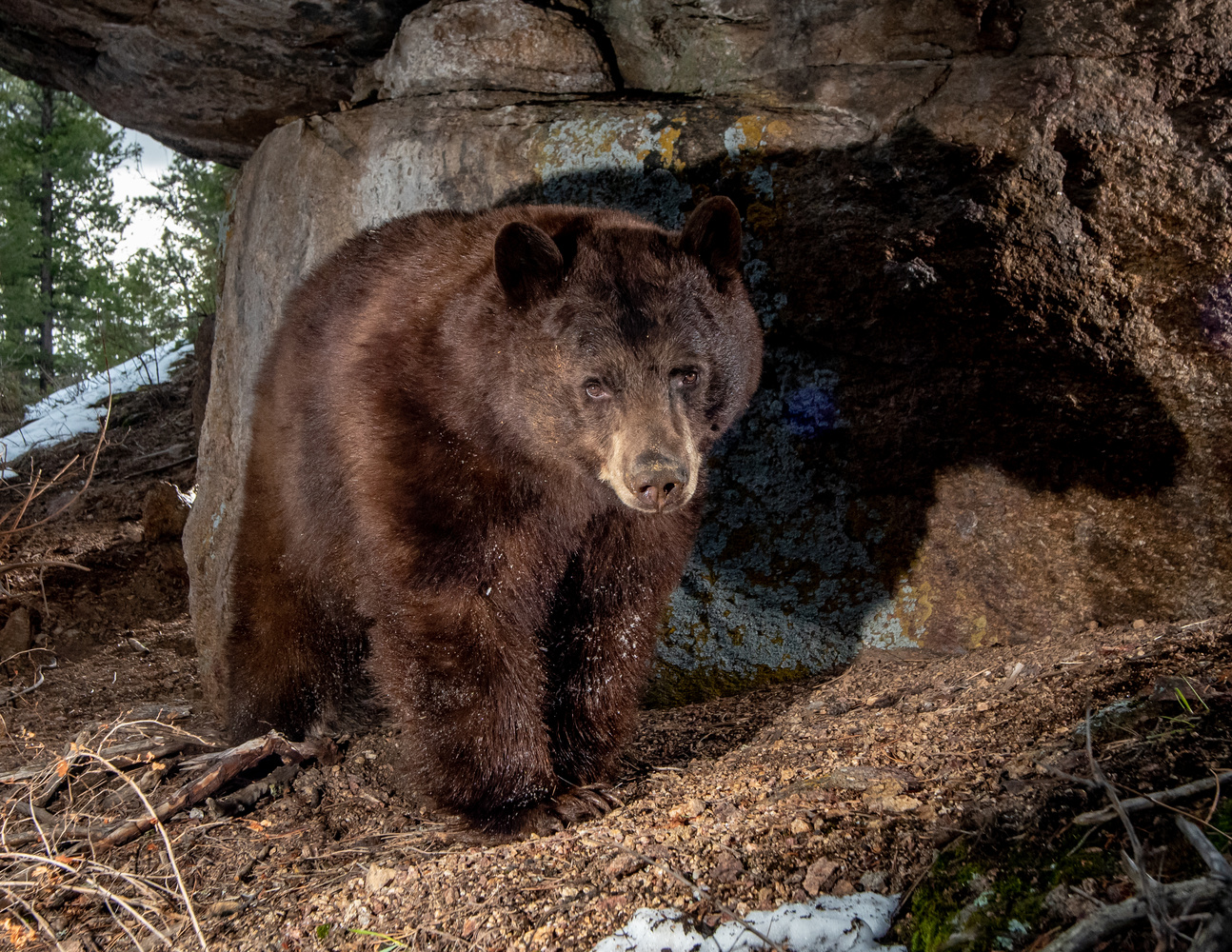
Don’t get discouraged. It’s a lot harder than people think it might be. You will have weeks of checking without any results, dead batteries from small rodents triggering your camera, fogged lenses, near misses, out-of-focus photos, equipment malfunctions and other challenges. It’s all worth it when you see the one photo you never thought you would get. The DSLR trap is the ultimate patient photographer, sitting in a blind, waiting for an animal to pass to take the perfect photograph in a moment’s notice.
Before you know it, with enough grit and determination, perhaps you too will be capturing gorgeous photographs of wild cats in the snow-covered mountains. If you have enjoyed viewing and learning about Robert Yone’s camera trap photography, you can find him online on Facebook, Instagram, and his website.
Images used with permission.
